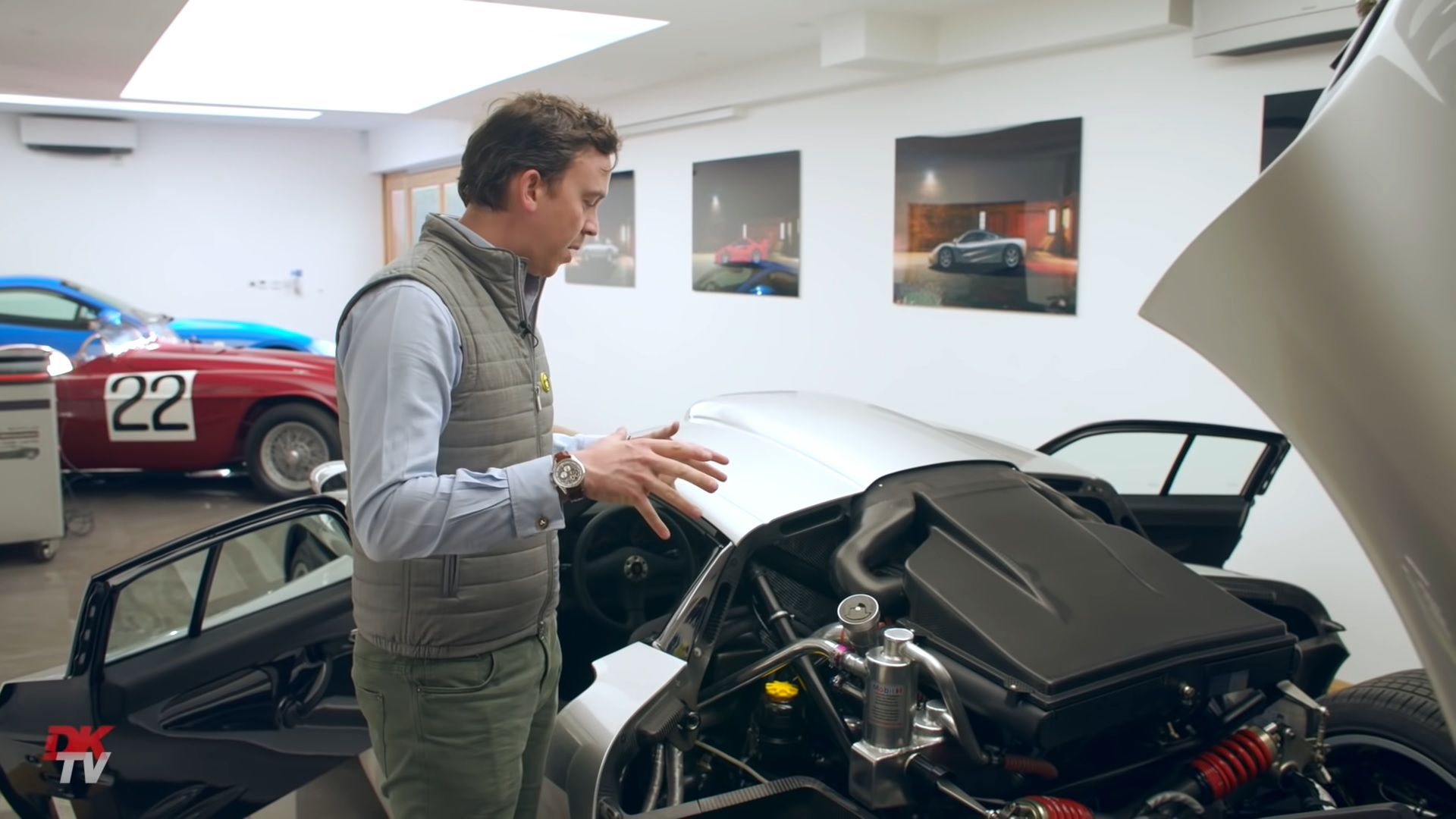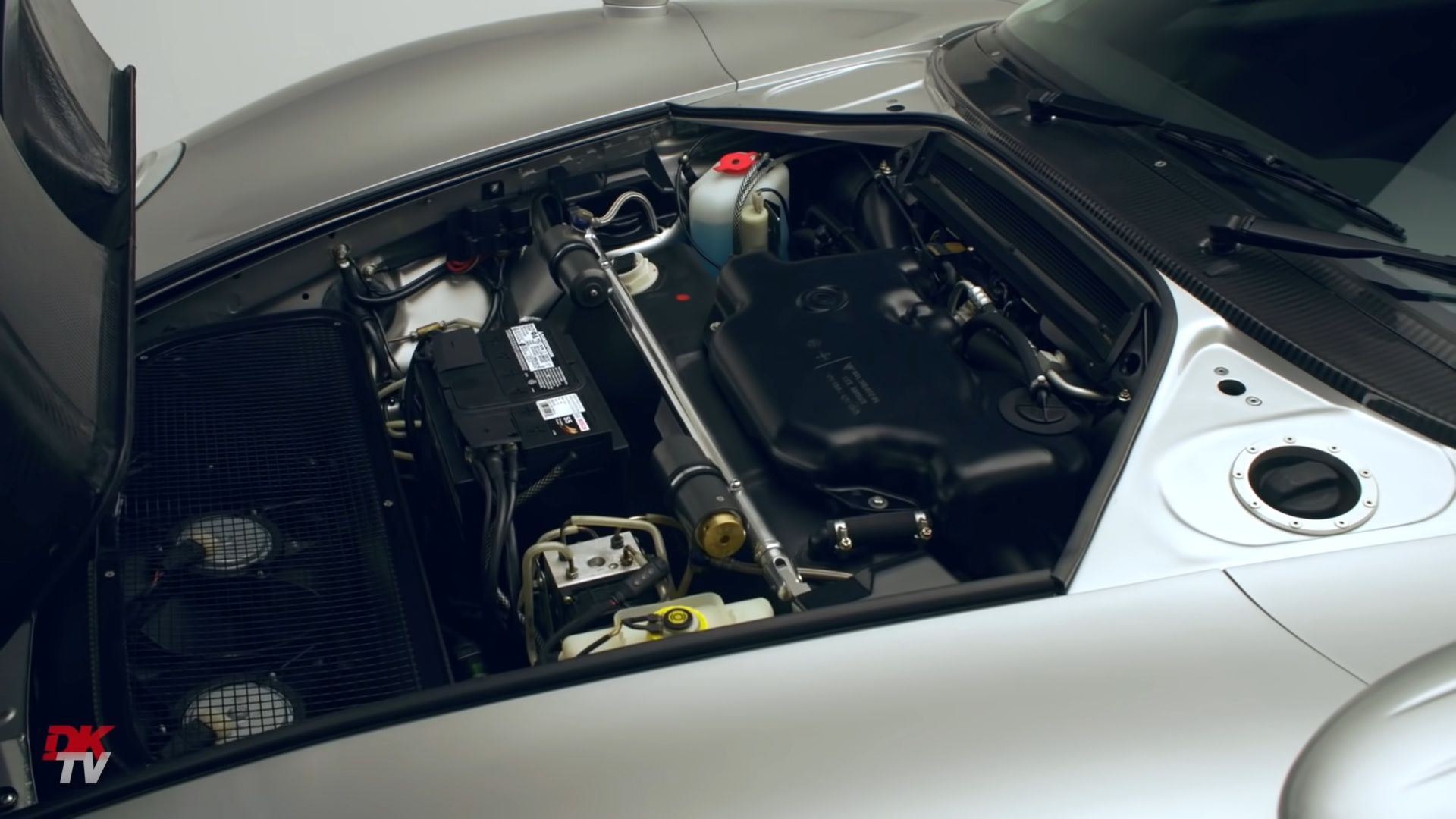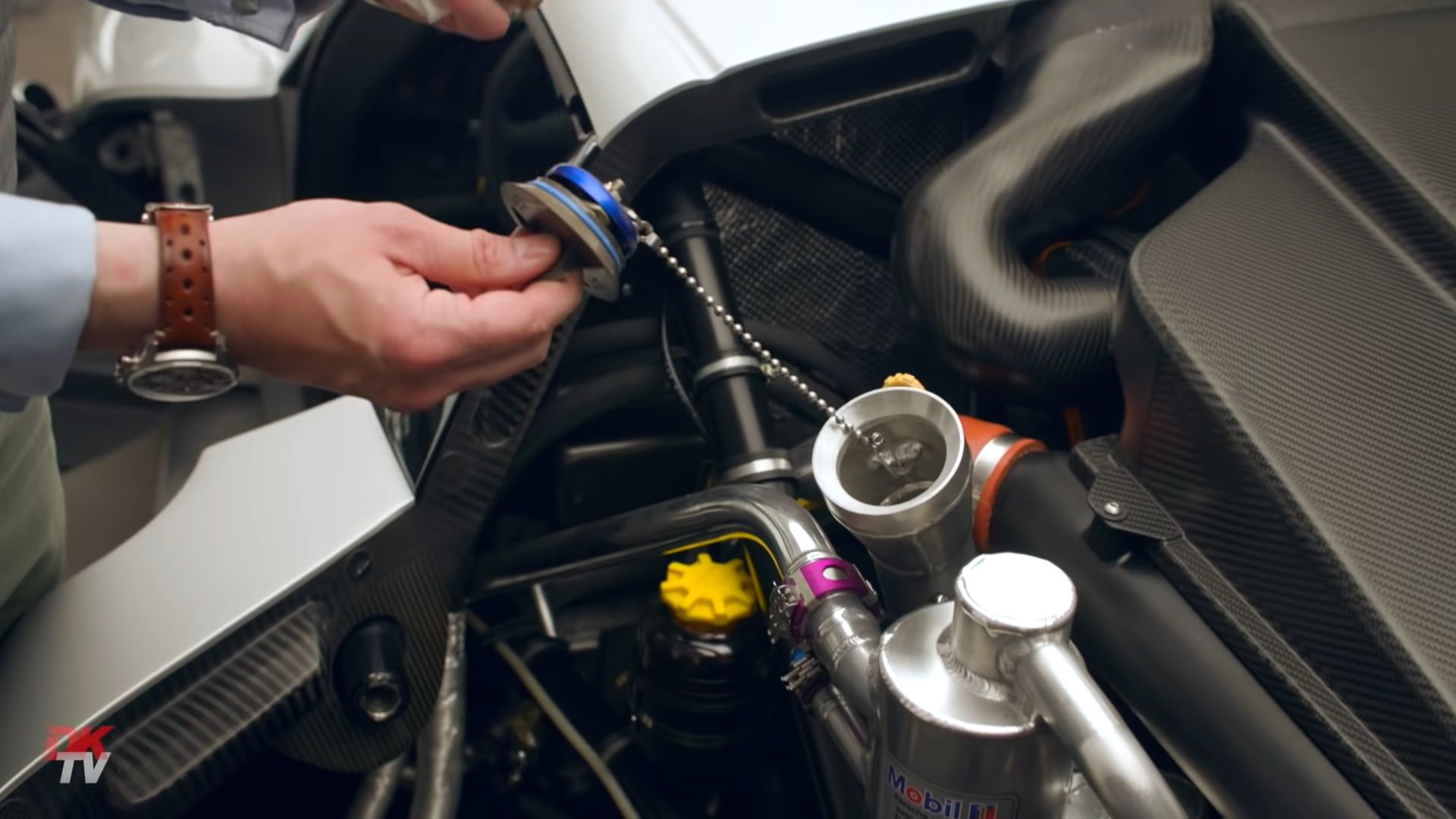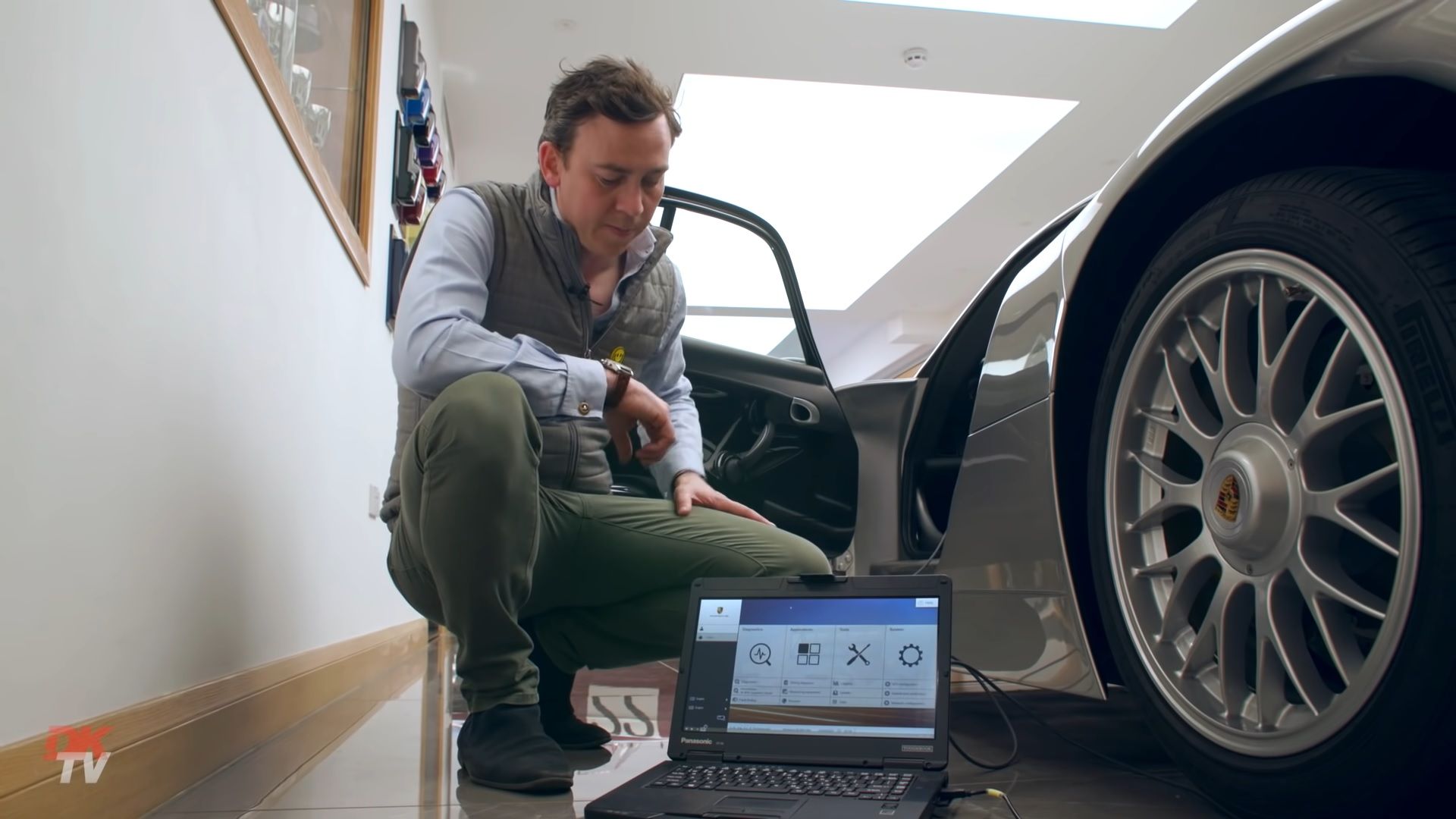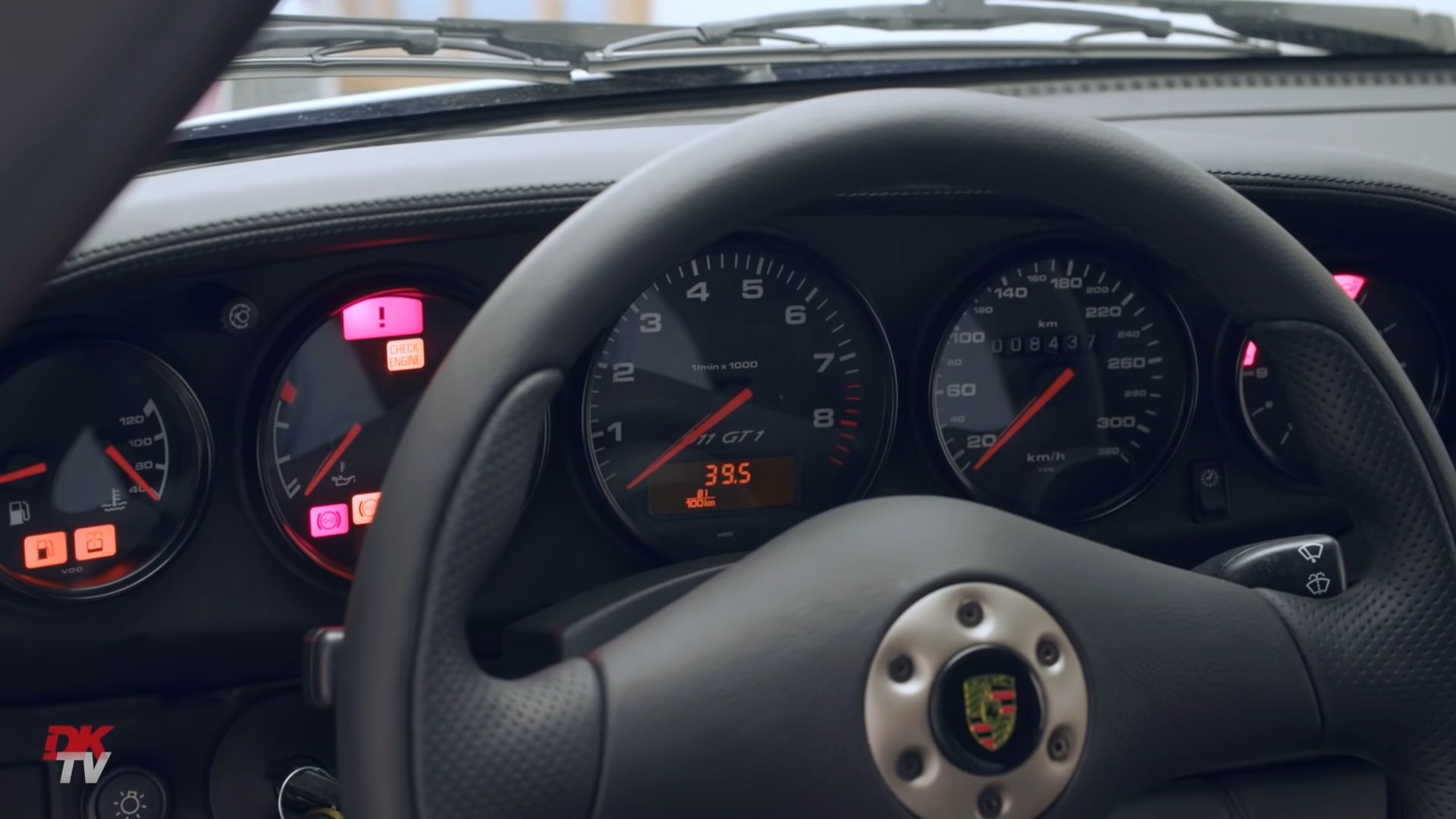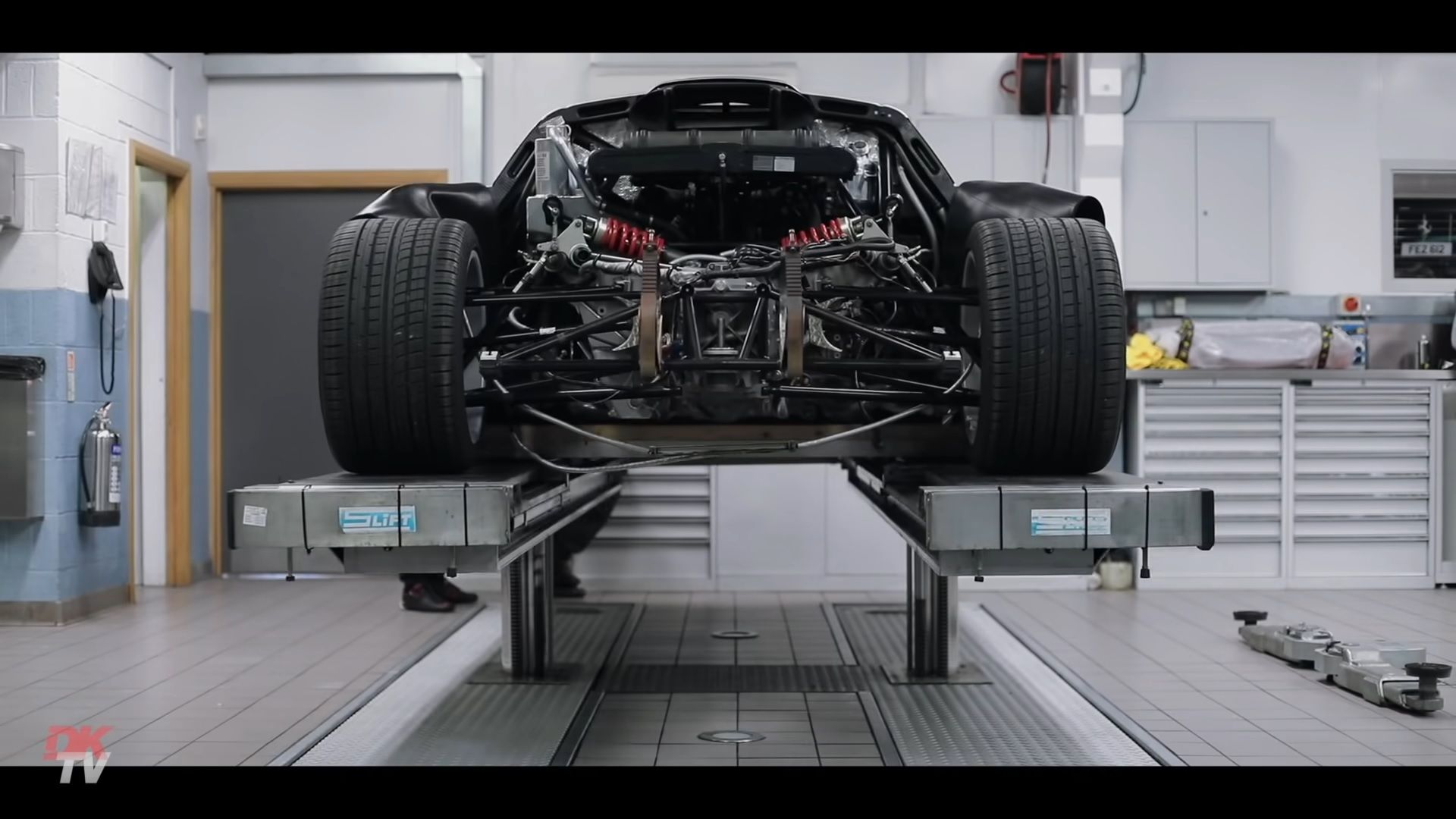There are cars out there that have cemented themselves as the ultimate car from their respective brand. Although occasionally, the title of flagship supercar is being passed on as new models come by, the 911 GT1 “Strassenversion” was the ultimate road-going Porsche, in the 1990s. Strangely enough, we get a detailed User’s Guide to it, by DK Engineering TV, which prides itself as being a Ferrari specialist channel. Apparently, they like other cars as well, and looking at this chassis number 5 Porsche 911 GT1, we understand completely.
The car has been completely restored by the specialists, even down to purchasing the right dynamo machines, so they can recreate “the exact and identical labels that were affixed to all the pipes and hardware in the engine bay.” Essentially, the car is as it would have been when it left the factory.
Opening the different compartments
Think of this video as a more detailed and educational “quirks and features” video. This is basically a racecar for the road in its truest sense. The doors are conventional and open the same as on most cars. To the left of the steering wheel, there’s a pull lever, which requires a firm grip. Pulling it unlocks the front compartment, which opens from the side of the windshield. There, you will find a 964 fuel tank, the battery, and washer fluid.
To open the small rear compartment, you need to find the electronic switch, hiding in the driver’s footwell, behind the roll cage. The compartment is used to house the trickle charger, warning triangle, as well as some specialized tools, among other things.
That specialized tool we mentioned is used to unwind the hinges holding the large engine cover. In order to open I, you open both doors, which reveals two openings. Then, it’s simply a matter of sticking the tool in and do around 13 and a half rotations before you hear a click on each side. The large hood has a self-locking mechanism to keep it in place.
After these steps, you are ready to feast your eyes on the 3.2-liter twin-turbo flat-six, mated to a 964 gearbox. To close the clamshell, simply step on the red locking mechanism and repeat the rest of the steps in reverse order.
Checking the engine oil
As a child of the 1990s, you get the good old dipstick. However, to get a proper idea of the engine level, you first need to let the car work until the oil temperature gets to about 1/3. After 30 seconds, you turn it off and simply take out the dipstick.
How to diagnose a 911 GT1?
The best way to do so is to equip a Porsche “PWIS Tester III”. You simply plug it into the OBD2 port, on the side of the center console, and plug the other end to the Laptop. You then click the “Porsche” Icon in order to load the diagnostic tool. This requires you to turn the ignition on and disable the immobilizer, by pressing the left button on the key fob.
The menu navigation is as follows: Diagnostics – Manual model selection – Miscellaneous – GT1. Voila – you can now diagnose your 911 GT1.
Inside the cabin
You are immediately greeted by a 993 dashboard, however, “the arched ceiling” accommodates the central air scoop, which robs some headroom. In typical Porsche fashion, the key slot is on the left of the steering wheel. It’s always nice to see engineering at work. With the GT1, you get that, thanks to the exposed gear linkage of the six-speed manual.
Like other exotic cars from that era, the handbrake lever is to the left of the driver. Other than that, it’s what you would expect on 993 dashboard. The buttons are few and nicely arranged. This particular GT1 is also fitted with a rear-mounted camera, which can be on the whole time if you so choose.
Pure rage!
Of course, it wouldn’t be a real car video without an engine note and some dynamic footage. The video ends with around a minute of onboard footage, revealing the raw nature of the 911 GT1, we all know and love. Watch as the boost kicks in violently, putting the driver’s skills to the test.



